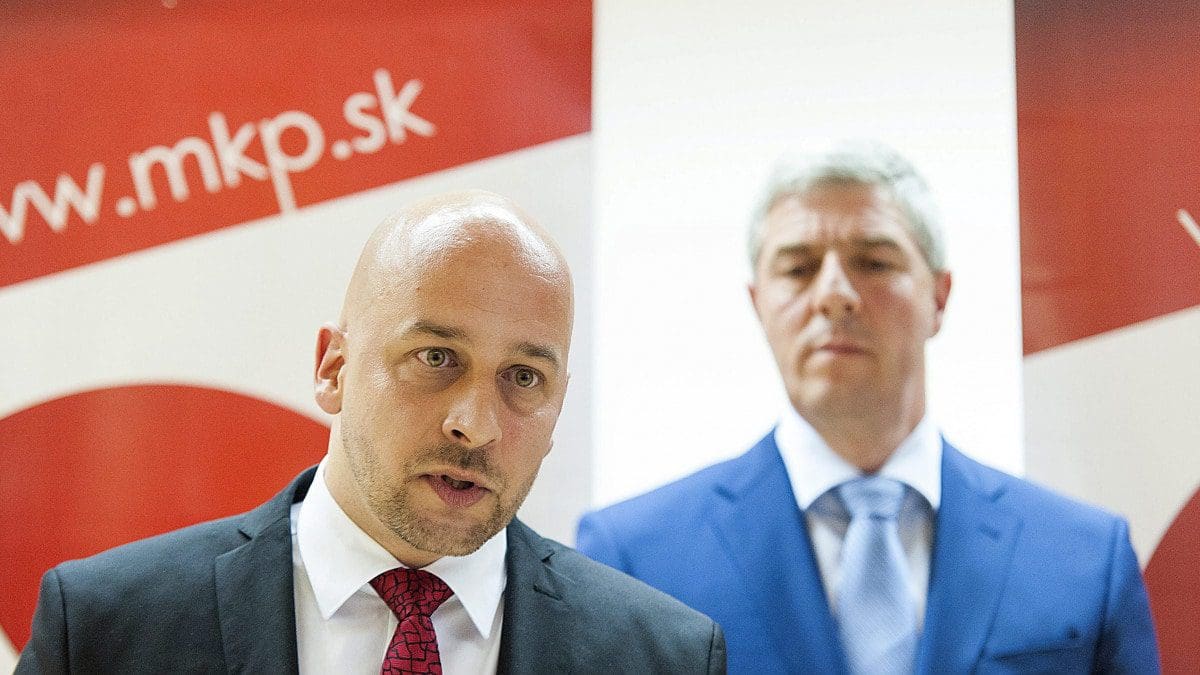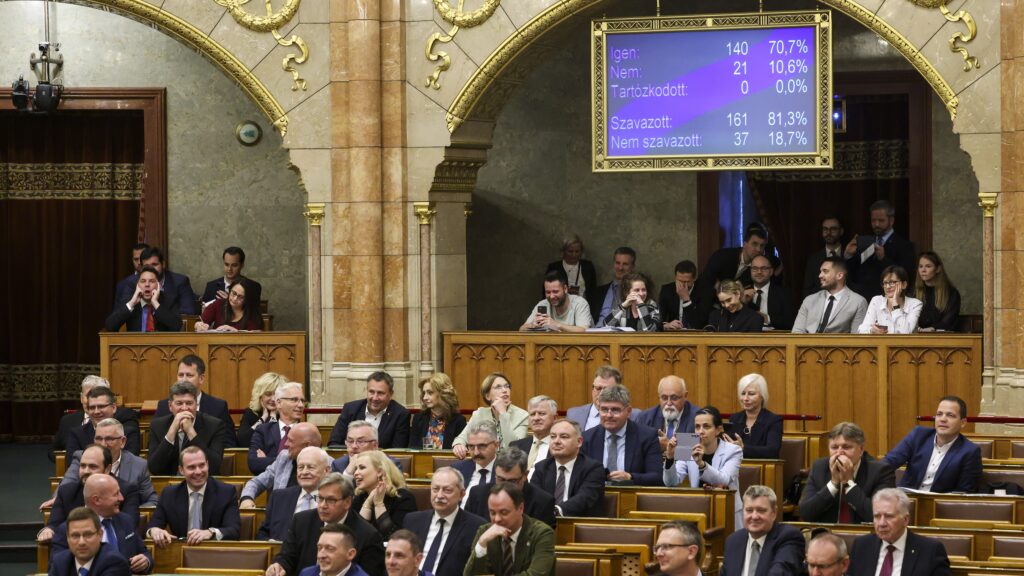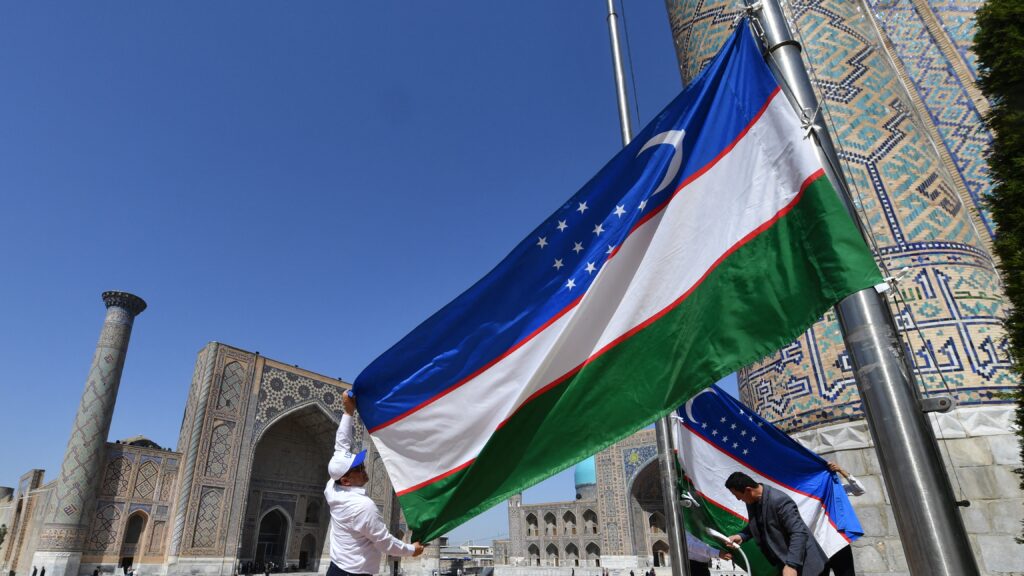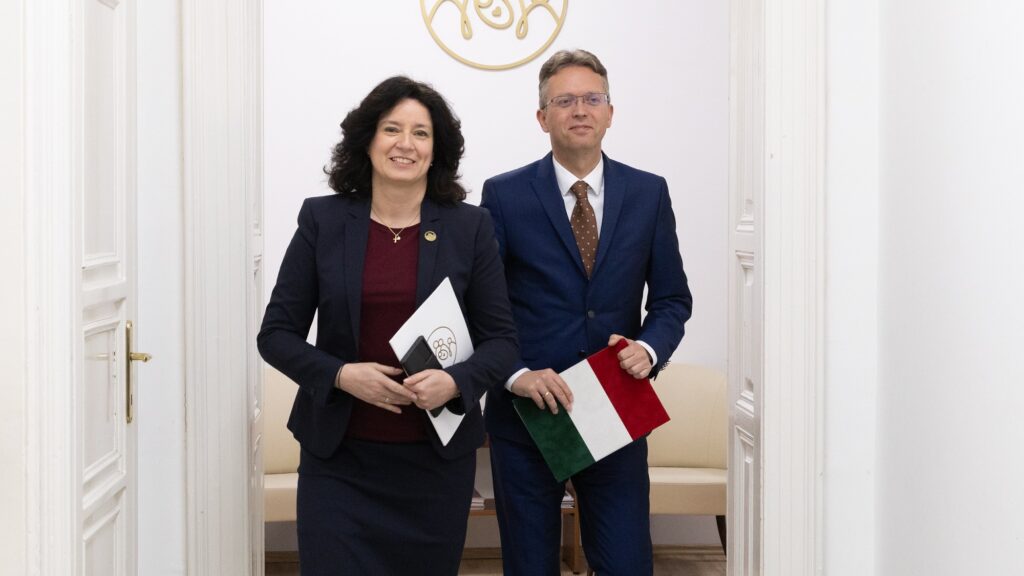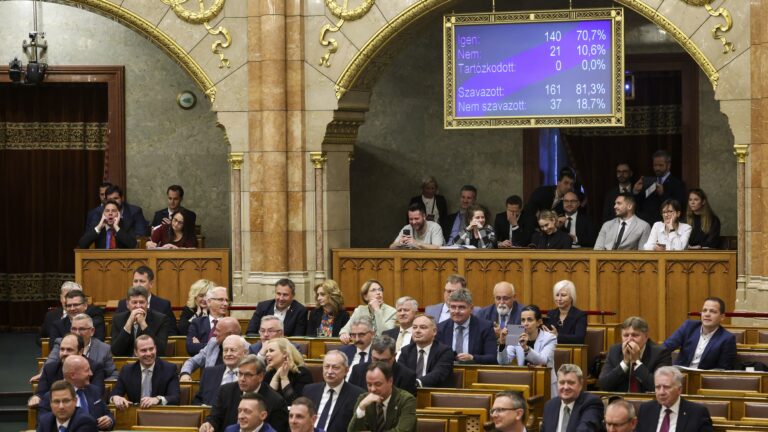Although the proportion of native Hungarian speakers in Slovakia is still around 8-9 per cent of the total population, the outcome of the 2020 parliamentary elections was mournful for this community. Since the birth of the independent republic in 1993, it has occurred the first time that no such party reached the five per cent parliamentary threshold, which emphasized or even partially undertook the high-level representation of the Hungarian community.
It has never happened before.
In 1998, ten per cent[1] of the 150 seats in the Slovak National Council was obtained by the representatives of the Hungarian Coalition Party (MKP) thanks to its 9.12 per cent result in the parliamentary elections[2], while four years later this proportion even rose to 11.17 per cent (20 seats)[3]. The eight-year-period between 1998–2006, when the MKP managed to become an indispensable member of the Slovak Government, can be considered the most successful term of the party in the history of independent Slovak Republic. During those years, by working out her significant regional disadvantages, the country managed to return to the European bloodstream and gained access to the NATO and the European Union, as well.
Even though in 2006 the Hungarian Coalition Party reached its historical peak by gaining 11.68 per cent[4] of the total votes in the election, Robert Fico managed to patch up a hybrid, socialist-nationalist coalition leaving the Hungarians out of the new government. The bitter reality of losing important positions represented the outset of the erosion of the Hungarian political unity in Slovakia. One of the most spectacular signs of internal dissatisfaction was that Pál Csáky managed to push Béla Bugár out of the presidential seat of the Hungarian Coalition Party in 2007. For many years, Bugár embodied the ‘populist Hungarian politician in Slovakia’, who was at time extremely popular among voters with Slovak roots.
In 2009, as an outcome of intensifying internal debates and conflicts, there was a disruption withing the until-then-unified lines of the Hungarian Coalition Party, and with the leadership of Béla Bugár, a new Slovak-Hungarian composite party called Most-Híd was established. This formation lured away many of the members of the Hungarian Coalition Party, but managed to involve some Slovak liberal voters, as well. Although the public expected the MKP to enter parliament in 2010 while Most-Híd not, the outcome of the elections was just the opposite. MKP’s confidence was not reflected in the 2010 election results since the party with its 4.33 per cent did not manage to get into the parliament while Béla Bugár’s new formation successfully entered the Slovak National Council (8.13 per cent, 14 seats).[5] Bugár went to heaven, while Csáky had to account for the unimaginable. Most-Híd even became the member of the government, however, after two years this formation collapsed and early elections took place in 2012 in which Robert Fico returned stronger than ever. From the Hungarian perspective, in 2012, the MKP was not able to return to the National Council (4.28 per cent), while Most-Híd lost only one seat plus the governmental position.[6]
Four years later, in 2016, Most-Híd gained 6.5 per cent in the elections, which was equivalent to 11 seats in the National Council. The MKP remained under the threshold again. To everyone’s surprise, Robert Fico offered a place for Most-Híd in his third government that Bugár accepted unconditionally. The outcome of these negotiations was surreal since the third member of this Slovakian triumvirate became the Andrej Danko-led Slovak National Party, which was previously famous for its anti-Hungarian position. Despite the ideological differences, this formation managed to endure for four years.
The fear that the provision of the Hungarian parliamentary representation might be problematic was soon indicated by the 2019 European Parliament election. In 2004[7] and 2009[8] the MKP managed to obtain two seats in this syndicate. In 2015, the total number of elected Hungarian MEPs from Slovakia did not change; however, the seats were distributed between the MKP and Most-Híd. The 2019 election; however, became catastrophic for this community since both parties remained under the threshold and did not enter the European Parliament. This defeat promised unwanted prospects for the Hungarian community in the 2020 national parliamentary elections.
After the failure at the EP elections, serious negotiations started between the leaders of both the MKP and Most-Híd to make a compromise and jointly overcome the obstacles in the next elections
Although it would have been in the interests of both parties, no such agreement was reached. In reaction to the lack of cooperation in the autumn of 2019, a new formation appeared in the Slovakian party register since some members of the younger Hungarian generation did not accept that the conflict of their worn-out leaders should ruin the future of the Hungarian community in Slovakia. This formation, led by Örs Orosz, established a new movement called Cooperation (Összefogás) and managed to collect the necessary 10 thousand signatures to transform it into a political party in record time, within two weeks. Encouraged by this success, Összefogás pushed both the MKP and Most-Híd towards the unification, however, the latter resisted and in the 2020 elections, MKP and Összefogás ran jointly in the parliamentary elections. As expected, none of these formations managed to enter the parliament. MKP – Összefogás reached together 3.9 per cent while Most-Híd only 2.05 per cent.[9] It has happened the first time since the existence of the independent Slovakia that no Hungarian party entered the Slovak National Council. Hungarians living in Slovakia were no longer represented neither in Brussels nor in Bratislava.
The failure of the two elections forced the political leaders to understand that this community can only succeed in real unity. On the symbolic day of 20 August 2020, they signed a letter of intent to develop a future cooperation among the three parties. After hundreds of hours of intense negotiations, in October 2021, an agreement was reached to form a new, common party in which all three formations would participate. An Alliance was born. Its president became Krisztián Forró, the former leader of the MKP. László Solymos, former leader of Most-Híd, was elected president of the National Council, while the vice-president became Szabolcs Mózes, former leader of Összefogás.
Although many details are still to be worked out, it is clear that the alliance will function as an umbrella organization that will bring together the three former parties (MKP, Most-Híd, Összefogás) as separate platforms. The peculiarity of the Slovak electoral system is that the whole country forms one constituency and residents can move four of the representatives of their choice to the top of the election list by circling. It follows that the voters can give a preference vote to their favourite politician (indirectly to their favourite former party) while also supporting the common Hungarian cause. All parties expect this solution as a win-win that can push the Alliance into parliament. There is every chance for that. The first test of the new political subject will be the municipal elections to be held next autumn. The details of this race are yet to be worked out. However, the fact is that a successful local government presence could be a good omen for the 2024 parliamentary elections.
[1] VOLBY.SME.SK: Výsledky parlamentných volieb 1998. Access: https://volby.sme.sk/parlamentne-volby/1998/vysledky (10/11/2021)
[2] Ibid.
[3] VOLBY.SME.SK: Výsledky parlamentných volieb 2002. Access: https://volby.sme.sk/parlamentne-volby/2002/vysledky (10/11/2021)
[4]VOLBY.SME.SK: Výsledky parlamentných volieb 2006. Access: https://volby.sme.sk/parlamentne-volby/2006/vysledky (10/11/2021)
[5] VOLBY.SME.SK: Výsledky parlamentných volieb 2010. Access: https://volby.sme.sk/parlamentne-volby/2010/vysledky (10/11/2021)
[6] VOLBY.SME.SK: Výsledky parlamentných volieb 2012. Access: https://volby.sme.sk/parlamentne-volby/2012/vysledky (10/11/2021)
[7] EUROPEAN PARLIAMENT: European election results – Slovakia 2004-2009. Access: https://www.europarl.europa.eu/election-results-2019/en/national-results/slovakia/2004-2009/constitutive-session/ (10/11/2021)
[8]EUROPEAN PARLIAMENT: European election results – Slovakia 2009-2014. Access: https://www.europarl.europa.eu/election-results-2019/en/national-results/slovakia/2009-2014/constitutive-session/ (10/11/2021)
[9] VOLBY.SME.SK: Výsledky parlamentných volieb 2012. Access: https://volby.sme.sk/parlamentne-volby/2020/vysledky (10/11/2021)

